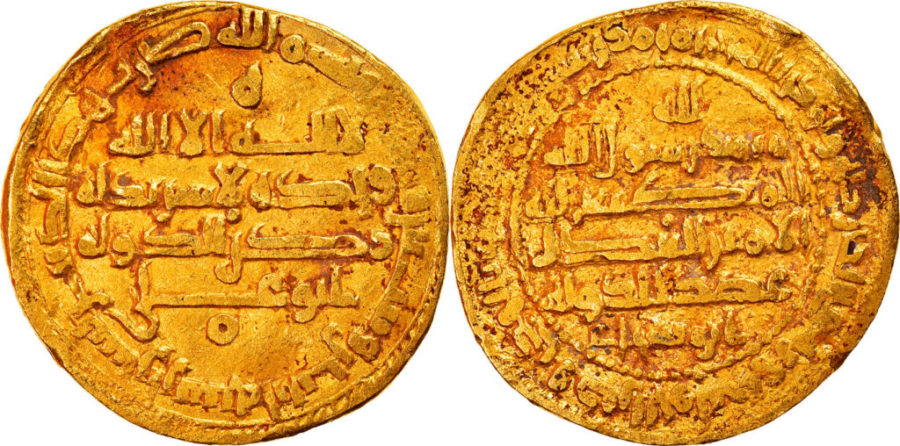
Dinar – a gold coin mentioned in the Quran
In the Middle Ages, the dinar was an international currency, writes Khalil Sahillioglu for İslam Ansiklopedisi.
The word “dinar” comes from the name of the Roman silver coin dēnārius. In pre-Islamic times, Arab tribes who traded with Syria were familiar with the Byzantine gold coin called nomisma, besante, denarion xriseon, or denarius aureus. It was also used in Mecca. In the Arabic language, the name of the dinar was assigned to it, which, among other things, is mentioned in the Koran (Ali Imran, 3/75). Subsequently, in the Islamic world, any gold coins began to be called that., even if they were different from the classic dinar. After the spread of Islam, the Byzantine dinar was still in use until the caliphs began issuing their own money. The first to do this was Abdul-Malik ibn Marwan in 696. But first, the dinars were minted following the Byzantine pattern, limiting themselves to simplifying the image of the emperor, removing the cross or changing it, denoting it without a horizontal bar or in the form of a T. the name of Allah, there is no deity but Allah, Muhammad is the Messenger of Allah “). Such coins with an inscription, but without any images, were called mankush. Later on the obverse they began to place the image of Abdul-Malik in full growth, girded with a sword, and on the reverse also the year of issue of the coin. There are known examples of such dinars of 695 and 696 years. They are considered the first original Islamic money. Their weight was one miskal (4.25 g). Coins of ½ and 1/3 dinars were also issued.
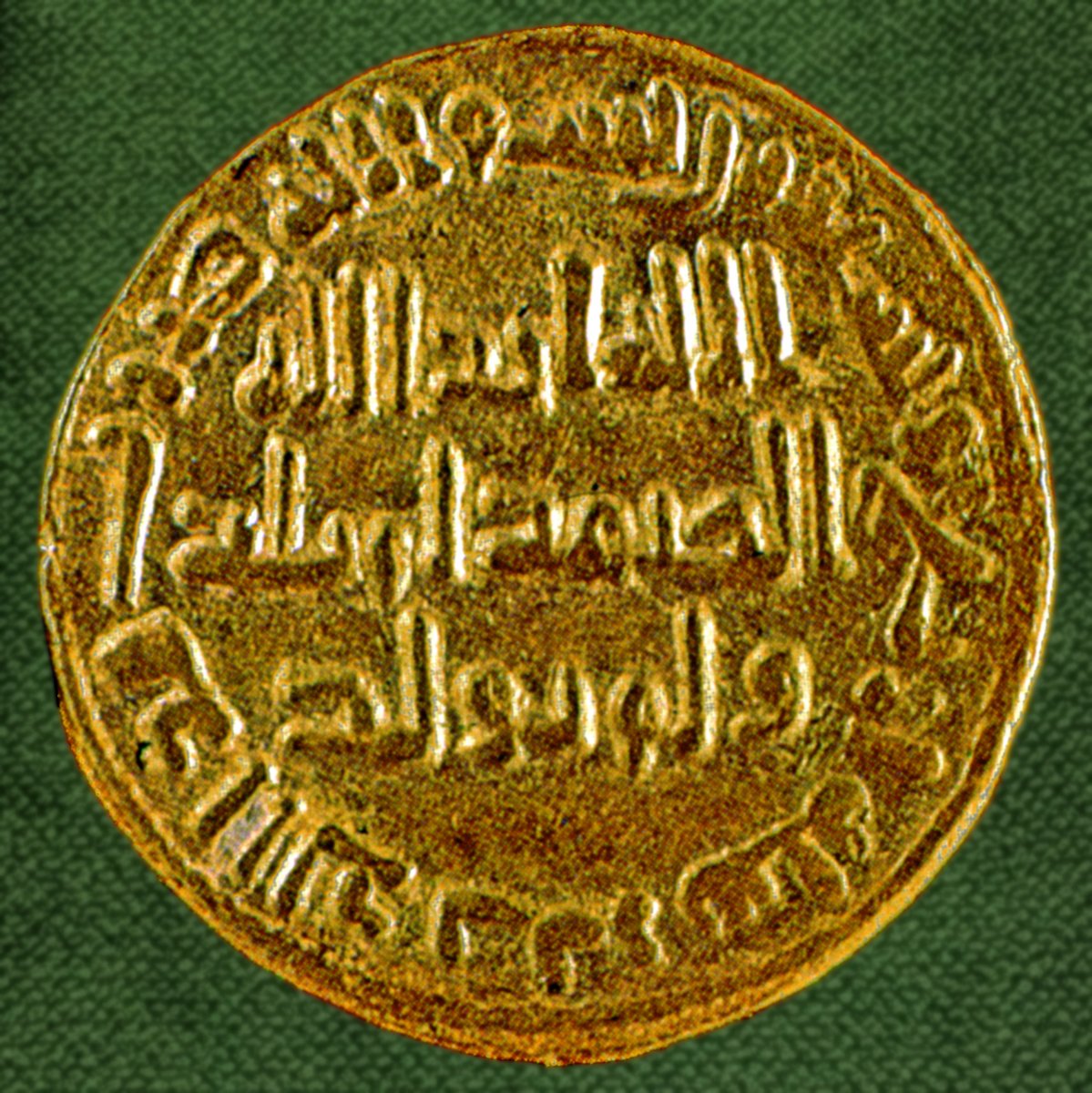
Source: islamansiklopedisi.org.tr
Reports that dinars were the first to mint Mu’awiyah and Musab ibn Zubair in Iraq on behalf of their brother Abdullah ibn Zubair (may Allah be pleased with them) have not yet been confirmed in numismatics.
In North Africa, dinars modeled on Byzantine dinars were also produced in the first quarter of the 8th century. For example, under Musa ibn Nusayr (640-716) in Ifrikiya, the obverse of gold coins depicted the profiles of the Byzantine emperor Heraclius I and his son, as well as the abbreviation of the “words of testimony” translated into Latin – NNESDSISDCVINSA (from NoN ESt Deus niSI Solus Deus CVI Nin Socius Alisus). On the reverse there is a cross in the form of the letter T, as well as the abbreviation of Basmala translated into Latin and the place of minting – INNDIMSRCHSLD and FRIN AFRIC (from IN Nomine DominI MıSeRıCordrıs Hic SoLiDus FeRitus IN AFRICa).
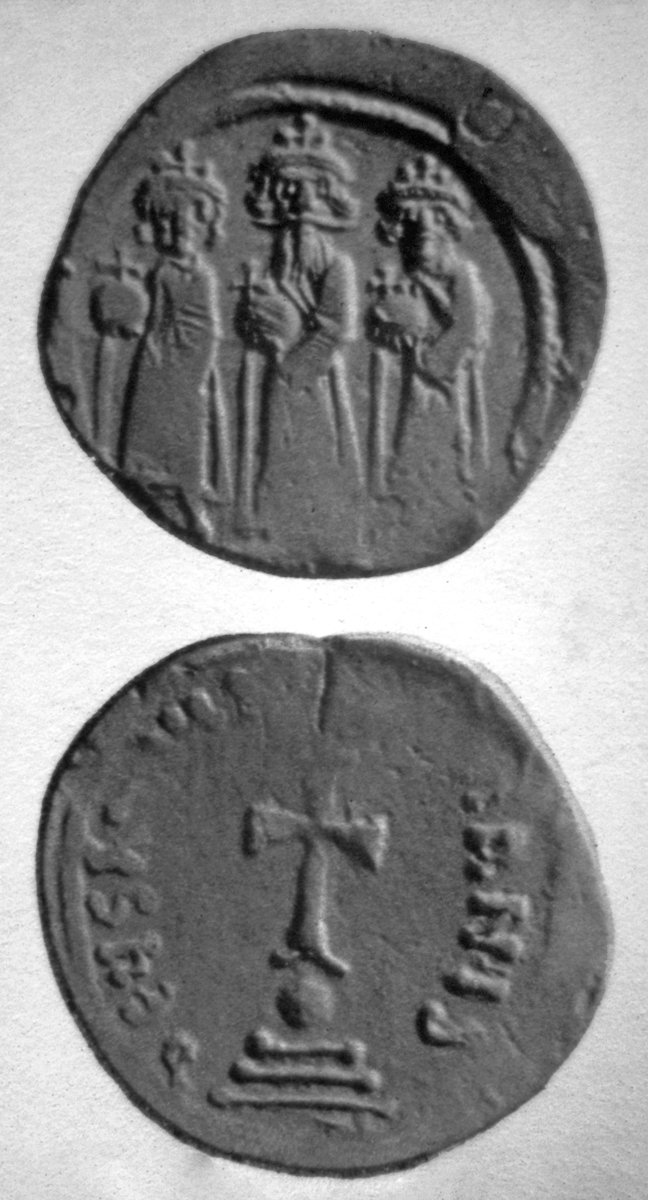
Source: islamansiklopedisi.org.tr
Under the Abbasids, dinars began to be minted in many centers of the caliphate. Under al-Muqtadir Billah (908-932), there were 23 mints. During this period, along with coins of ½, 1/3, ¼ dinars, from time to time, commemorative or intended for donation dinars weighing several miskals were issued.
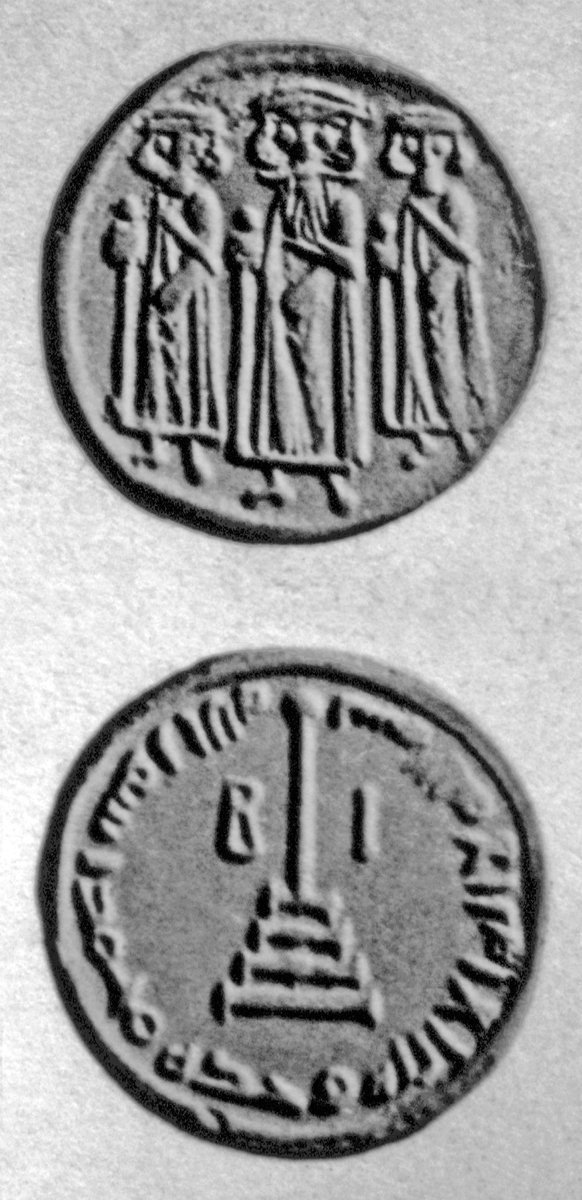
Source: islamansiklopedisi.org.tr
Most importantly, there was enough gold in the Caliphate to produce that many dinars. In the rest of the world, there is a shortage of this precious metal. Western Europe during this period switched mainly to silver coins.… Stopped import and from the Byzantine Empire, which after the defeat from Iran at the beginning of the VII century. had to pay an indemnity in gold. Gold mines in the Caucasus passed to Iran. The flow of gold from the Urals was often interrupted by the migration of tribes from Inner Asia to Europe through the south of the modern territory of Russia, and the delivery of gold from Nubia was hampered by the Arab tribes. World trade was in decline, and gold, which was withdrawn from circulation by Muslims as war booty, accumulated or stored, was converted into dinars at the Abbasid mints and activated the market.
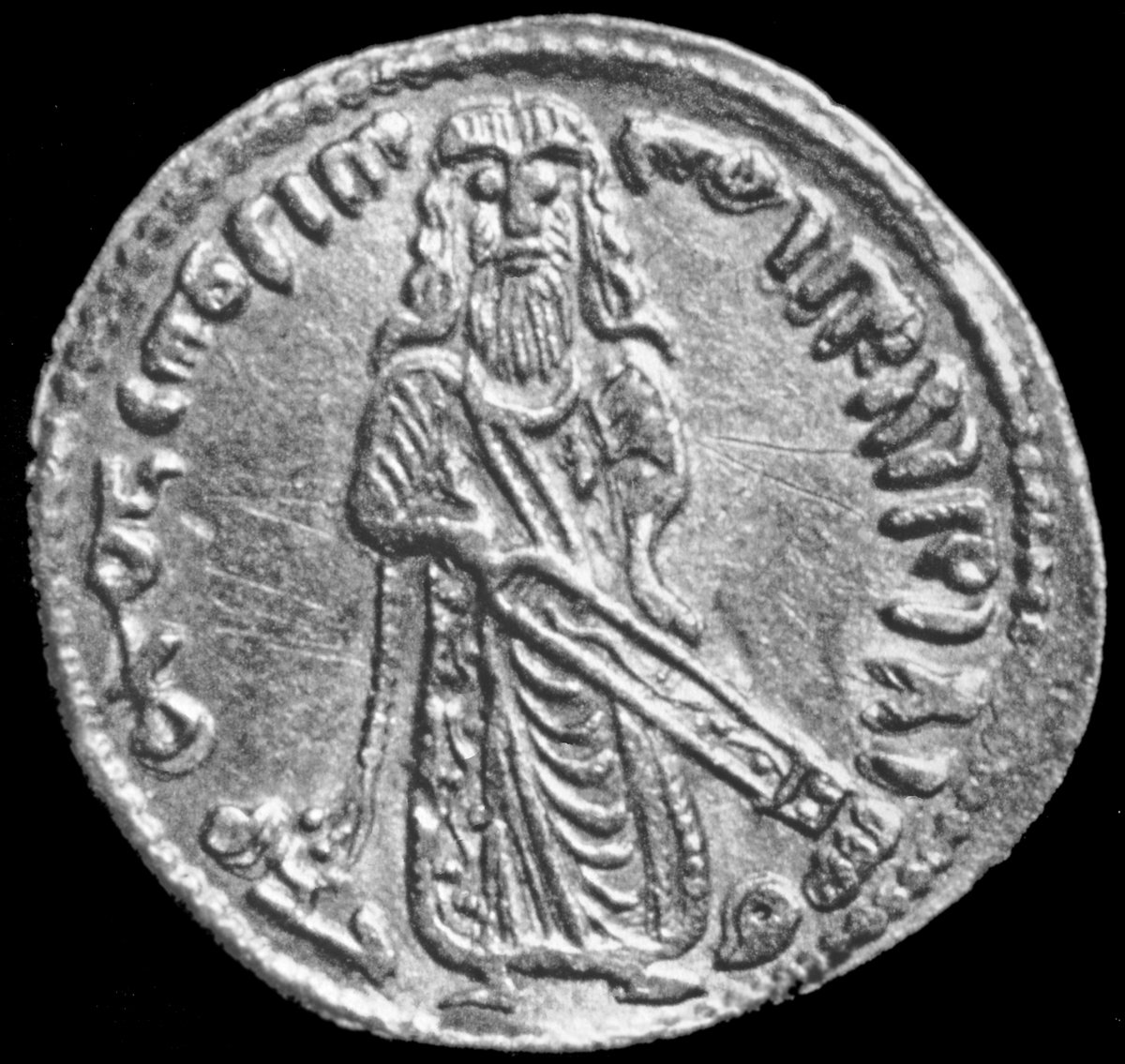
Source: islamansiklopedisi.org.tr
After the establishment of peace, the mines, which were closed for various reasons, began to work again. Gold from Central and South Africa again began to flow to the mints of North Africa. From Altai, Urals, Caucasus and even from the mines of the Deccan plateau in India, gold poured into the Islamic world.

Source: islamansiklopedisi.org.tr
Although the Arab conquests limited Europe’s role in world trade for a time, the Islamic world needed timber, iron, furs and other goods from this part of the world. Therefore, trade soon revived again. Muslims paid with dinars, and soon these coins began to circulate in Europe. In Western sources, dinar is mentioned under various names such as “mankush” and a distorted form of this word in the Western languages mancussos. Dinars became so widespread that in the IX century. The Normans demanded a ransom in these gold coins from the captured King of Navarre Garcia Iñiguez. They estimated the freedom of the king at 90,000 dinars. It is known that in 927-928 the port of Salerno in southern Italy paid a large sum in dinars as a tribute to Dalmatia. Also, the Venetian merchants compensated for the damage caused to Pavia, payment of “mancussos aureus”. Beginning in the 11th century, a large number of gold coins began to fall into Western Europe through trade relations and the crusades. Some of them returned to the Islamic world again, when Europeans paid for silk, spices, etc.
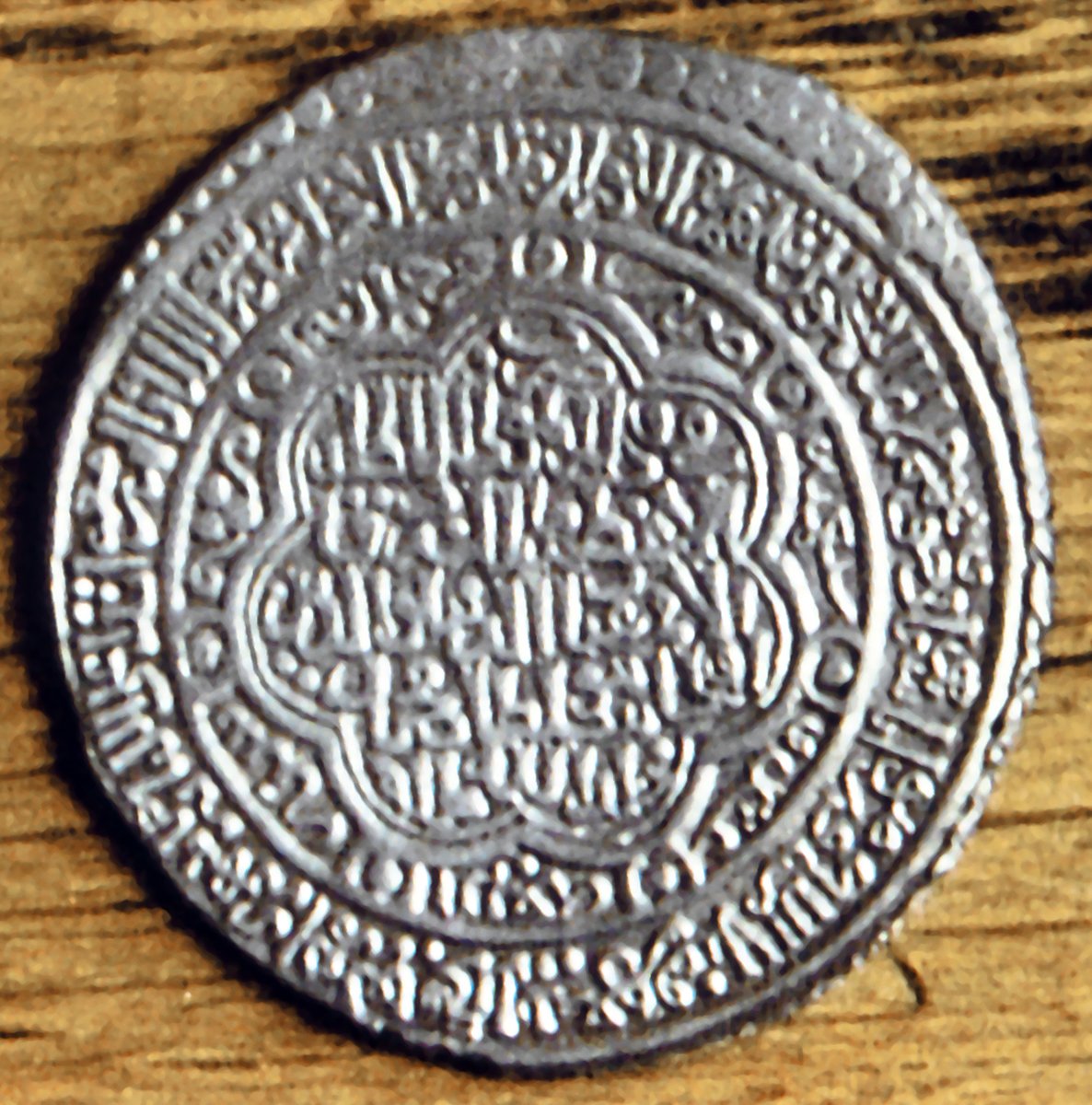
Source: islamansiklopedisi.org.tr
The dinar is still used as a currency in Algeria, Tunisia, Libya, Yemen, Bahrain, Kuwait, Iraq, Jordan. The monetary unit of Iran is the rial, which is equal to 100 dinars, but due to the low exchange rate of the rial, dinars are practically not used (editor’s note – 1000 dinars cost 1.7 rubles). Dinar, the monetary unit of Yugoslavia, which is still used in some of the republics that arose after its collapse, got its name, probably from Roman money.
Islamosphere

